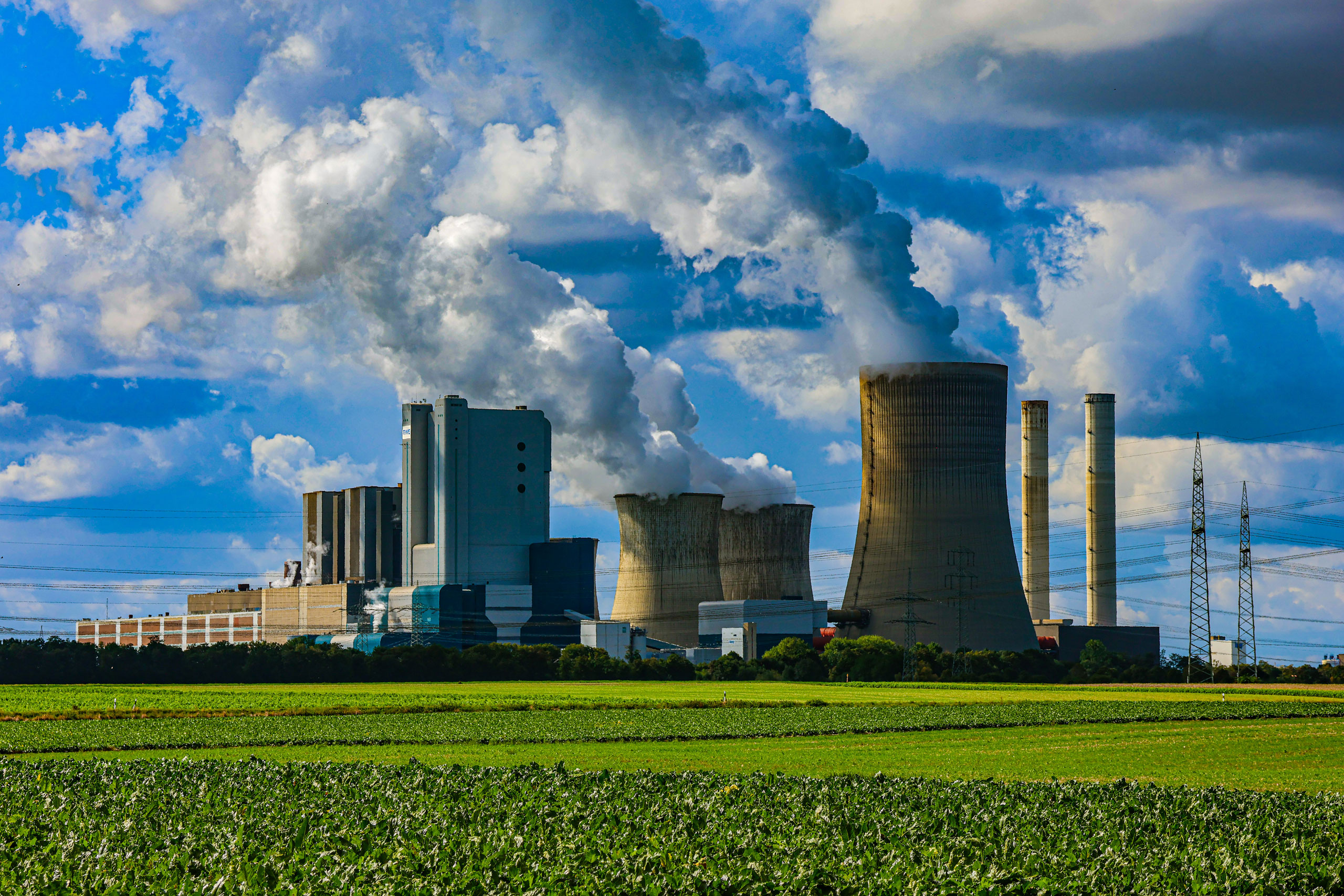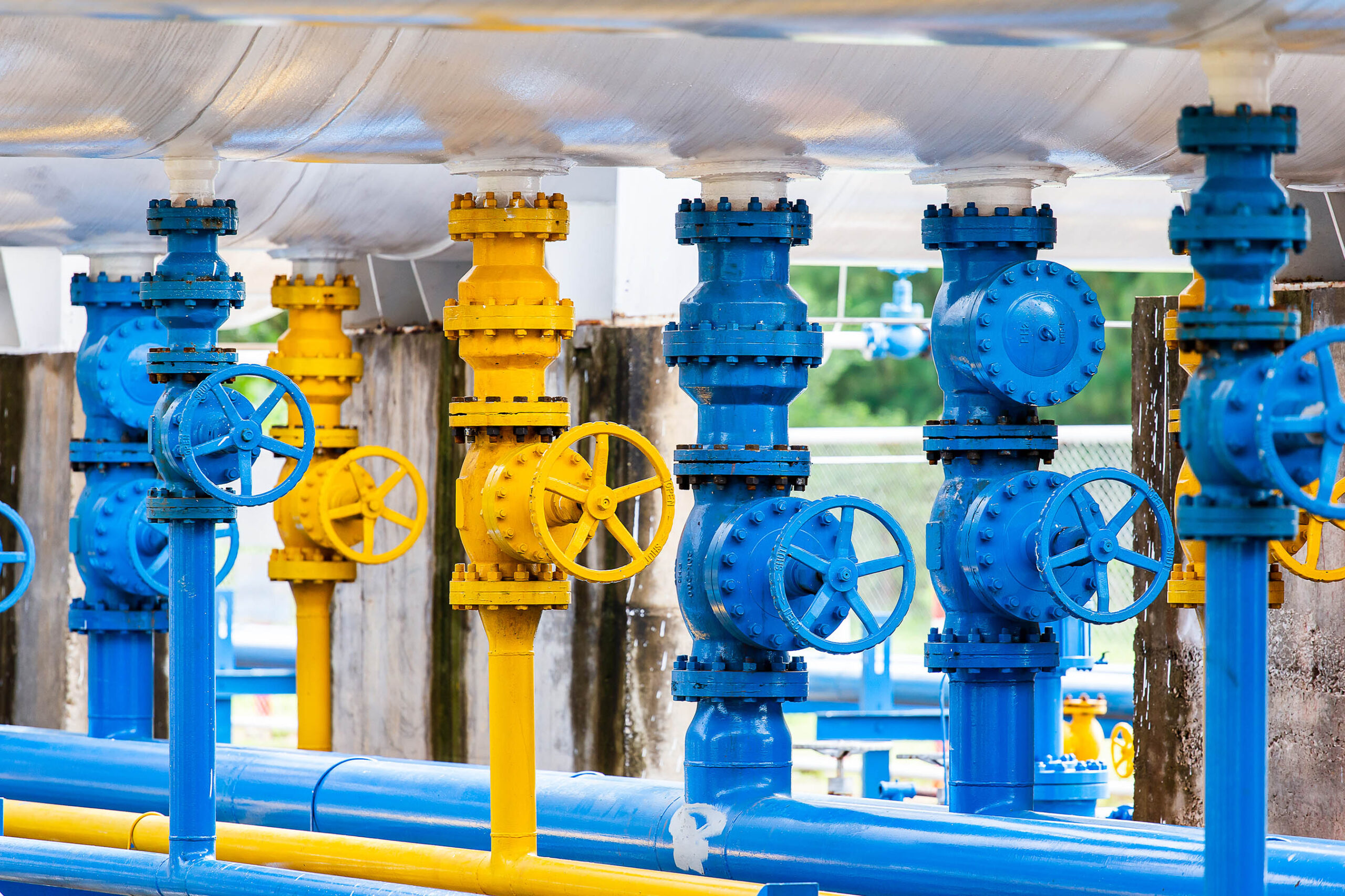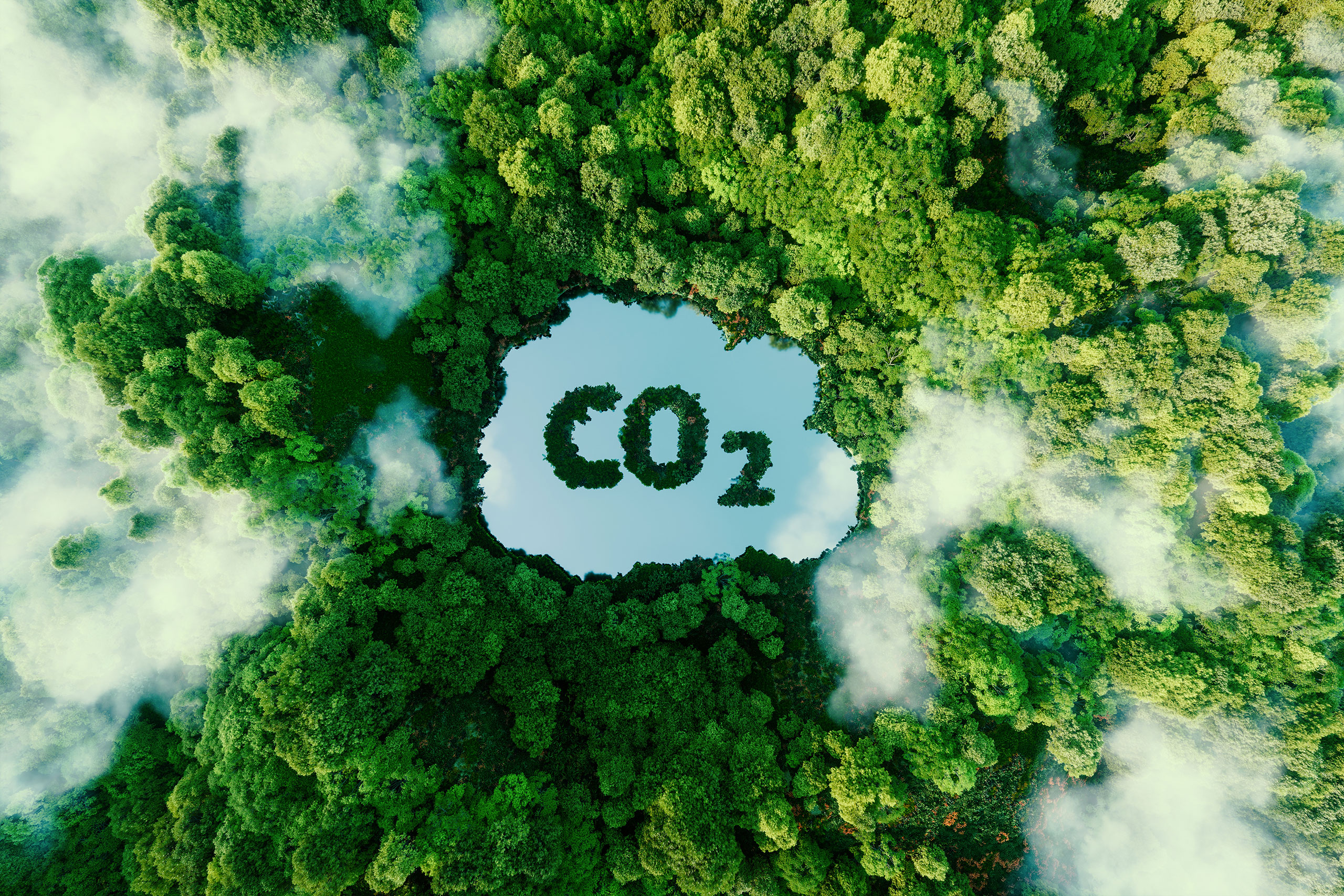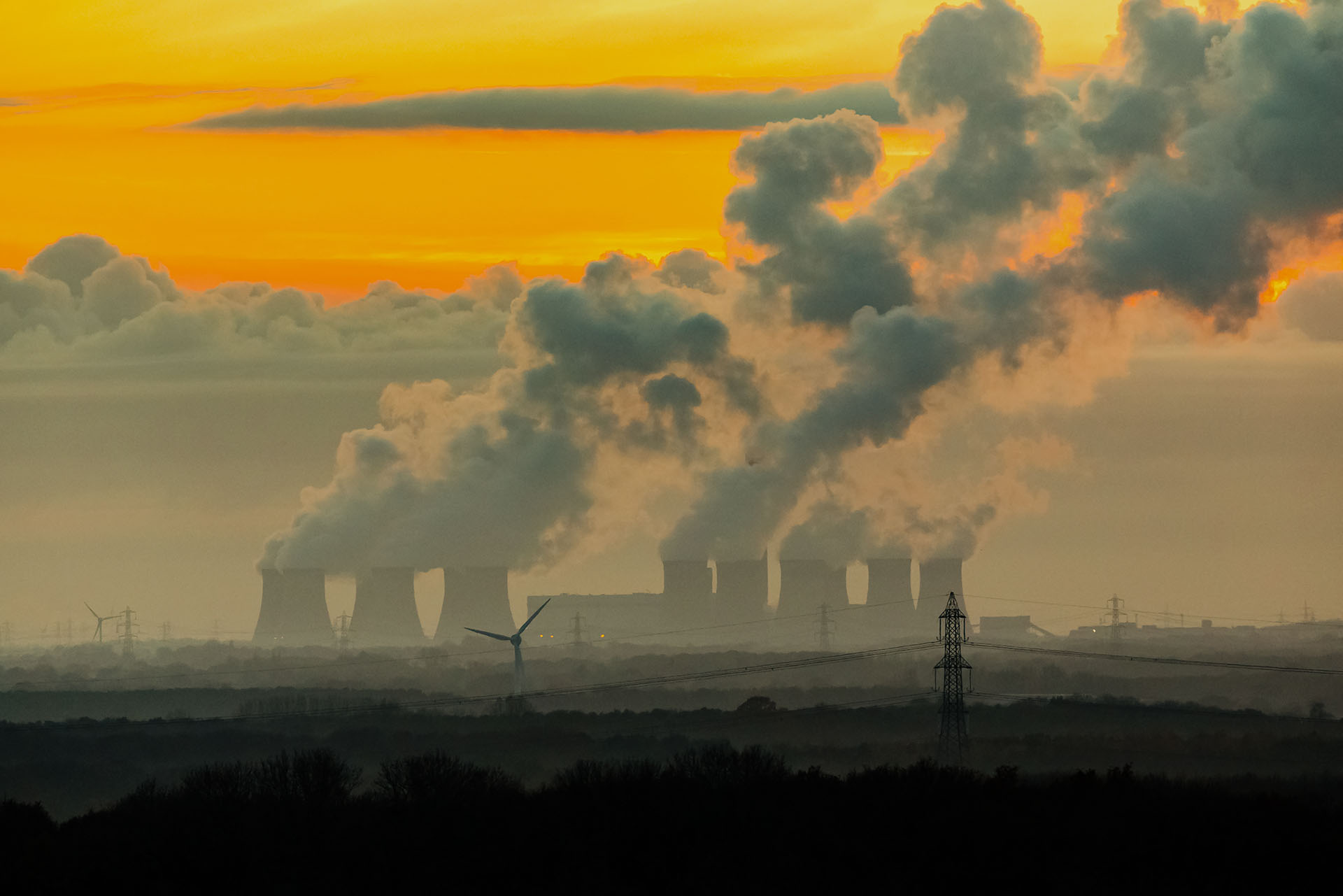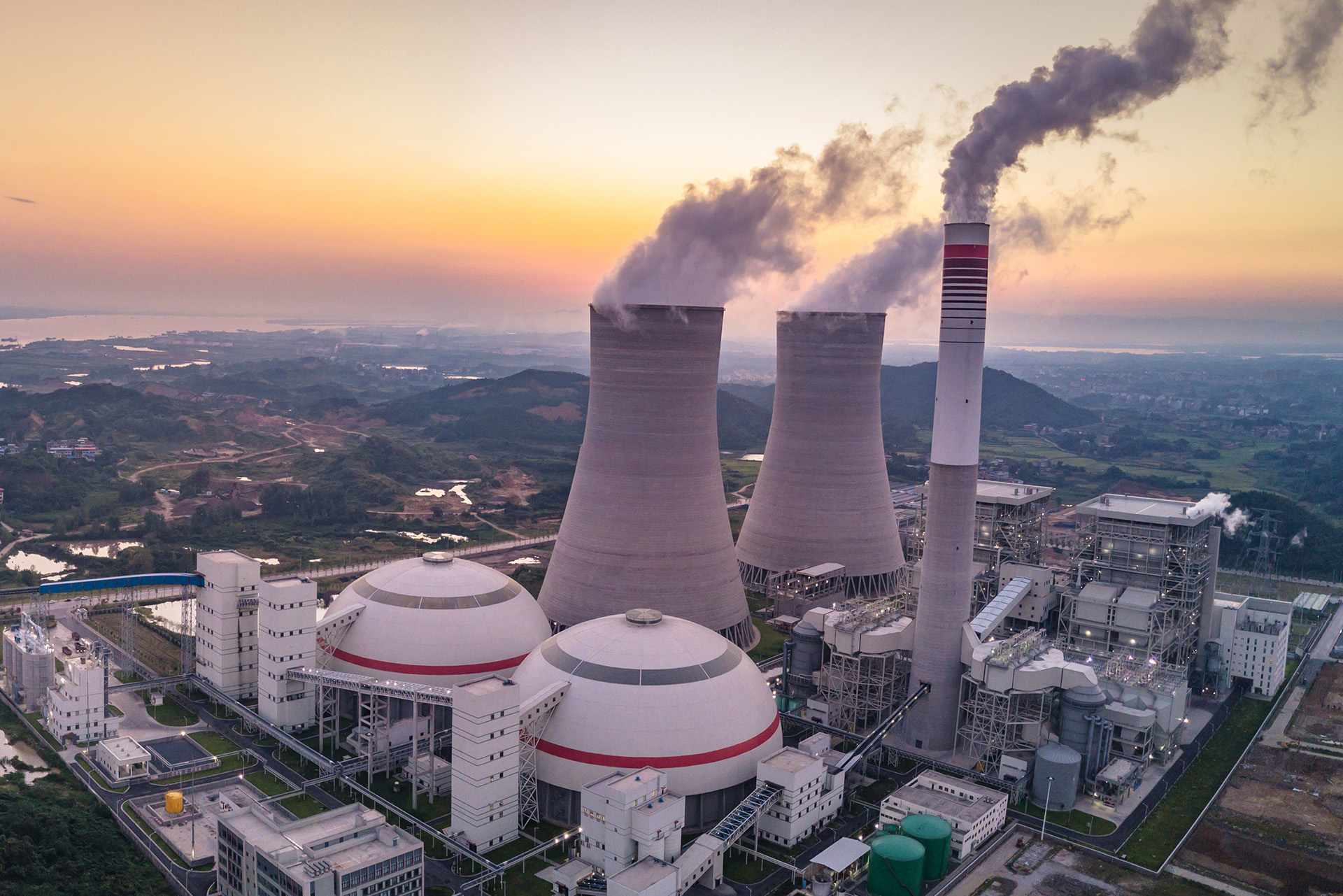The importance of atomic energy for achieving climate objectives has been recognised at EU level through its inclusion in the Taxonomy, which helps to secure funding.
In Romania, nuclear energy represents 20% of the national mix, with potential for growth, thanks to its solid engineering, construction, operation and maintenance resources.
The nuclear industry currently provides 11,000 jobs and is carrying out major refurbishment projects to extend the operating life of existing capacity (Cernavodă Reactor 1) and to build new units (e.g. Reactors 3 and 4).
Support for decarbonisation
Significant number of jobs
Development prospects through the implementation of innovative technologies
Cernavodă nuclear power plant, operated by Nuclearelectrica SA, is the only one of its kind in Romania, and currently operates units I and II, which together produce around 20% of the country's electricity consumption, according to ANRE.
In the early 1980s, the construction of 5 reactors was planned. Unit I, completed in 1996, has an installed electrical capacity of 706 MW and produces about 5 TWh, 5 million MWh, annually. Unit II has been in operation since 2007 and has an output of around 5.5 million MWh.
The nuclear reactors at Cernavodă use Canadian technology known as CANDU. The heavy water, used as a moderator, was produced at Romag Prod Drobeta-Turnu Severin, now in insolvency.
Atomic energy is a sustainable source, which will contribute to Romania's energy security; it can also be an element in propelling our country to a leading position in innovation, as this sector will integrate cutting-edge technologies.

photo: commons.wikimedia.org
DEVELOPMENT OF UNITS 3 and 4
According to NuclearelectricaThe CANDU 3 and 4 Cernavoda NPP project is foreseen in Romania's Draft Energy Strategy 2019-2030 with a 2050 perspective as well as in the National Integrated Energy and Climate Change Plan, as a pillar of Romania's energy independence and the achievement of Romania's decarbonisation targets as an EU Member State.
The intention of the Romanian State and SNN, in line with the new strategy, is to realize this ~2×700 MWe project in a Euro-Atlantic consortium on the basis of the Agreement between the Government of Romania and the Government of the United States of America on cooperation in relation to nuclear power projects at Cernavodă and in the civil nuclear energy sector in Romania. The US funding could reach $7 billion.
Benefits of developing Units 3 and 4
According to NuclearelectricaThe CANDU 3 and 4 Cernavoda NPP project is foreseen in Romania's Draft Energy Strategy 2019-2030 with a 2050 perspective as well as in the National Integrated Energy and Climate Change Plan, as a pillar of Romania's energy independence and the achievement of Romania's decarbonisation targets as an EU Member State.
The intention of the Romanian State and SNN, in line with the new strategy, is to realize this ~2×700 MWe project in a Euro-Atlantic consortium on the basis of the Agreement between the Government of Romania and the Government of the United States of America on cooperation in relation to nuclear power projects at Cernavodă and in the civil nuclear energy sector in Romania. The US funding could reach $7 billion.
New electricity generation capacity
as a solution for the transition to a low-carbon economy;
Stability, security, availability
in the National Energy System;
Maintaining and creating
new jobs.
With the construction of the 2 new units, the contribution of nuclear energy to the total energy production in Romania will amount to 36%. The contribution of nuclear energy to the total CO₂ emission-free energy production will be 66%. This will avoid the production of 5 million tonnes of CO₂ per unit per year.
SMR
a technology needed to decarbonise the energy system
Ambitious plans to cut carbon emissions have spurred research and technological innovation. One of the most promising outcomes for the energy market is SMR technology, the Small Modular Reactor technology.
Between 2022 and 2023, this technology has received increasing public and private support.
The most significant examples, mentioned by IEAare:
- Public support - private - 275 million announced by the US, Japan, Korea and the United Arab Emirates to develop an SMR project in Romania.
- France's investment plan - by 2030, including €1bn for the development of SMR technology.
- US-Ukraine cooperation agreement - to install 20 SMR units in Ukraine by 2029.
Roles of SMRs in the energy system and benefits:
- As the share of renewable energy increases, SMRs can contribute to balancing the energy system.
- They can be used in heat and hydrogen production.
- The production and installation of SMRs is less costly than conventional reactors: SMRs are modular, produced in factories in series and then brought to the assembly site.
- The amount of energy can be adjusted according to requirements.
- They can be used to replace fossil fuel power plants. Jobs are thus safeguarded.
- They are smaller in size and capacity than conventional plants, but have a smaller footprint and require less water for cooling.
- A plant with 6 modules will provide 193 permanent jobs, 1500 jobs during construction.
SMR - a safe technology
The SMR technology is designed after decades of traditional reactors, as well as small reactors on nuclear submarines and other types of vessels.
According to European CommissionSMR is a safe technology for several reasons:
- SMRs involve a lower power radioactive core, passive safety systems and simpler design. In the event of an accident, passive systems rely on physical phenomena such as convection, gravity and self-pressurisation. Therefore, the possibility of radioactive contamination of the external environment is much lower.
- In addition, passive systems have eliminated a number of components (valves, pumps, pipes, cables), thus eliminating the risk of failure or damage.
Continuing a success - the Doicești project
Romania has over 26 years of experience in operating nuclear power plants. During this time, institutions have been set up to provide high-level training and generations of specialists have been trained.
Romania also has an extensive supply chain for nuclear power plants.
The natural next step would be for our country to show openness to new technologies in this field, which currently produces about 20% of the country's energy.
Nuclearelectrica, NuScale and E-Infra have signed a Memorandum of Understanding for the development of the first Small Modular Reactor (SMR) in Romania on the site of the former Doicești thermal power plant, Dâmbovița county, on 24 May 2022.
A NuScale small modular reactor has an installed capacity of 77 Mwe and can be used in plants of 4, 6 or 12 modules.
At Doicești, 6 modules with an installed capacity of 462 Mwe would be used.
According to Nuclearelectrica, NuScale's SMR technology is the most mature in terms of approvals, being the first and only SMR technology in the world to receive approval from the US Nuclear Regulatory Commission in August 2020.
This technology also has the most advanced deployment plans, with contracts already confirmed for the development of its components.


